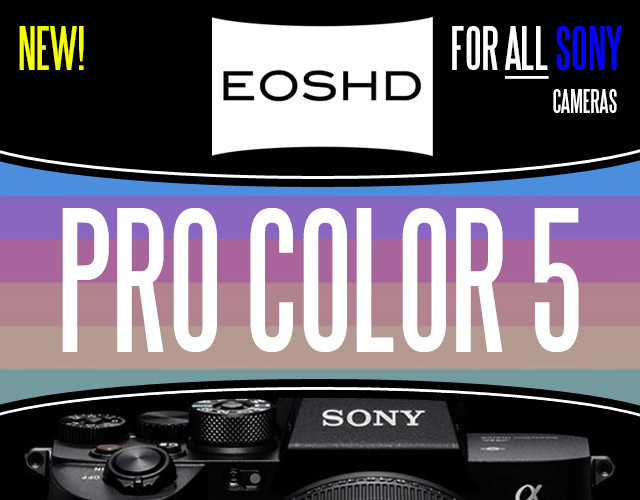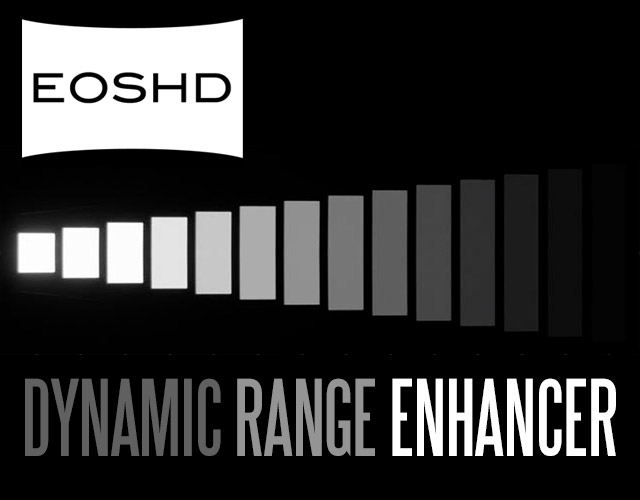Help The Camera Manufacturers Make Better Cameras: Part 2
Help The Camera Manufacturers Make Better Cameras: Part 2
72 members have voted
-
1. Chose your preferred RECORDING format:
-
Internal ProRes 422 with LOG
-
Internal RAW recording
-
Internal H.264/H.265 with LOG (small file sizes)
-
External HD-SDI output0
-
External HDMI output0
-
External USB C output direct to SSD hard drive
-
-
2. Choose your preferred method of STABILISATION:
-
In-body image stabilisation (IBIS)
-
Optical image stabilisation (OIS)
-
Digital stabilisation in-camera (EIS)
-
Digital stabilisation in post (Warp Stabiliser or similar)
-
-
3. Choose your most often used method of EXPOSURE:
-
Aperture priority auto
-
180 degree shutter (1/50) with ND filter
-
-
4. Choose your preferred ND:
-
Internal variable ND like FS5
-
Variable ND filter on lens
-
Variable ND filter in mount adapter0
-
I do not often use ND filters
-
-
5. Choose your preferred COLOUR processing:
-
Stock in-camera picture style
-
Custom in-camera picture style
-
LOG or Hybrid LOG Gamma with LUT in post
-
-
6. Choose your preferred maximum camera RESOLUTION:
-
1080p
-
4K
-
6K
-
8K
-
-
7. Choose frame rate you use the most for SLOW-MOTION:
-
48fps
-
60fps
-
96fps
-
120fps
-
180fps
-
240fps
-
480fps+
-
-
8. Choose your favourite camera BRAND:
-
Canon
-
Nikon
-
Sony
-
Fuji
-
Panasonic
-
Blackmagic
-
Olympus
-
Other
-
-
9. Choose the LENS MOUNT you own the MOST lenses for:
-
Sony E mount
-
Nikon F mount
-
Fuji X mount
-
Micro Four Thirds
-
Canon EF
-
Canon R0
-
Nikon Z0
-
PL
-
Vintage mounts (M42, etc.)
-
-
10. How do you most often FOCUS for video work:
-
Autofocus
-
Manual focus
-
-
11. How do you MOST often shoot:
-
Handheld, no stabilisation
-
Handheld with IBIS or IS
-
Handheld with rig, cage or shoulder mount
-
Tripod
-
Gimbal
-
Other
-
-
12. What do you shoot MOST regularly with (Can choose more than one):
-
Fuji X-T3
-
Fuji X-T2
-
Fuji X-H1
-
Fuji X-T30 / X-T20 / X-Pro 2
-
Canon 5D Mark III
-
Canon 5D Mark IV
-
Canon EOS R
-
Canon EOS RP0
-
Canon 1D C / 1D X II
-
Canon / Magic Lantern Raw Video
-
Panasonic S1 / S1R
-
Panasonic GH5
-
Panasonic GH5S
-
Panasonic GH40
-
Panasonic GH3 / GH20
-
Panasonic Other Micro Four Thirds
-
Olympus E-M1 / E-M1 II
-
Olympus E-M10 III / other
-
Olympus E-M1X
-
Nikon Z6
-
Nikon Z70
-
Nikon D850
-
Nikon other (DSLR)
-
Blackmagic Pocket Cinema Camera 2K
-
Blackmagic Pocket Cinema Camera 4K
-
Blackmagic other
-
Pro CINEMA camera (Arri / RED / Sony)
-
Pro VIDEO camcorder (i.e. Sony FS5, FS7, Canon C300, C200)
-
Other (optionally state in comments)
-
Sony A7 III
-
Sony A7S II
-
Sony A7S
-
Sony A7R III
-
Sony A7R II0
-
Sony A6500
-
Sony A6400
-
Sony A6300
-
Sony RX series (RX100 IV, RX10 III, etc.)
-
Sony other FE-mount full frame
-
Sony other E-mount APS-C
-
-
13. What do you shoot the MOST in (if not listed select closest):
-
4K
-
1080p
-





Recommended Posts
Create an account or sign in to comment
You need to be a member in order to leave a comment
Create an account
Sign up for a new account in our community. It's easy!
Register a new accountSign in
Already have an account? Sign in here.
Sign In Now